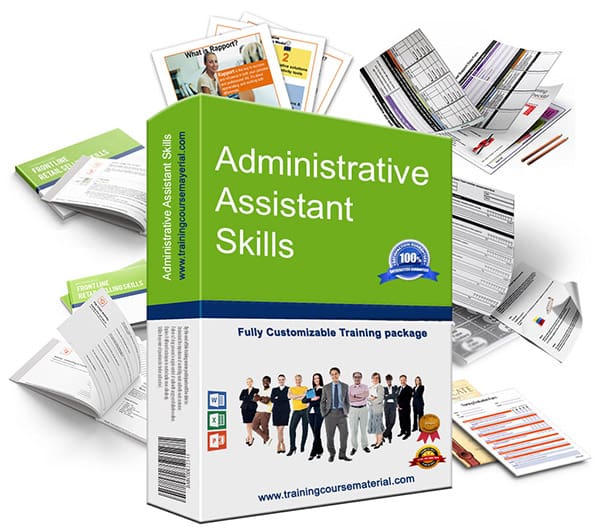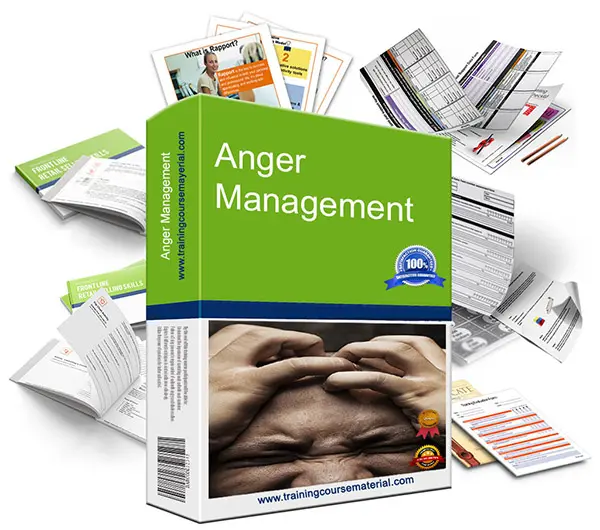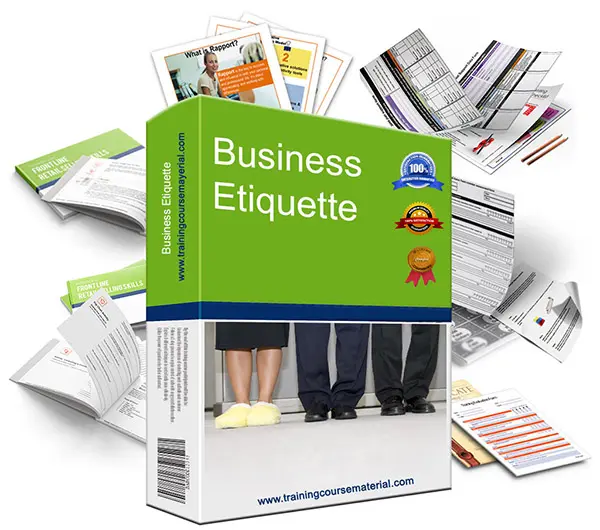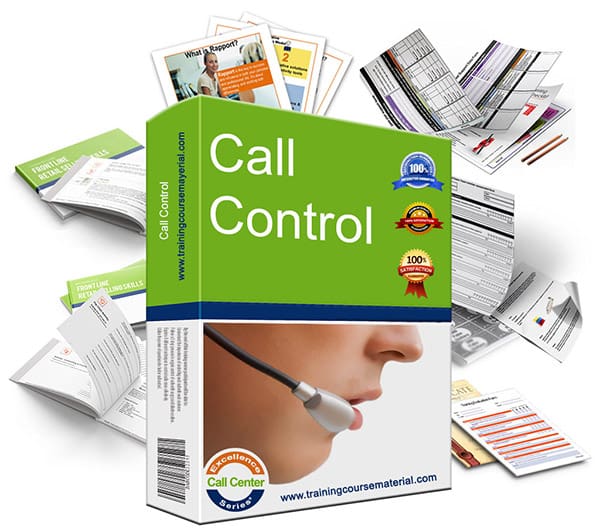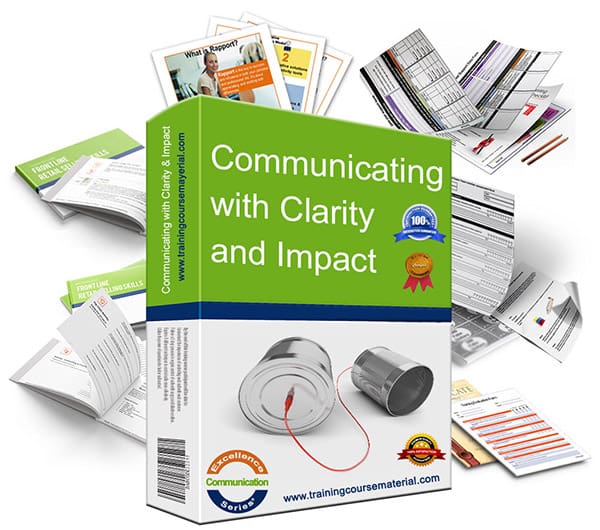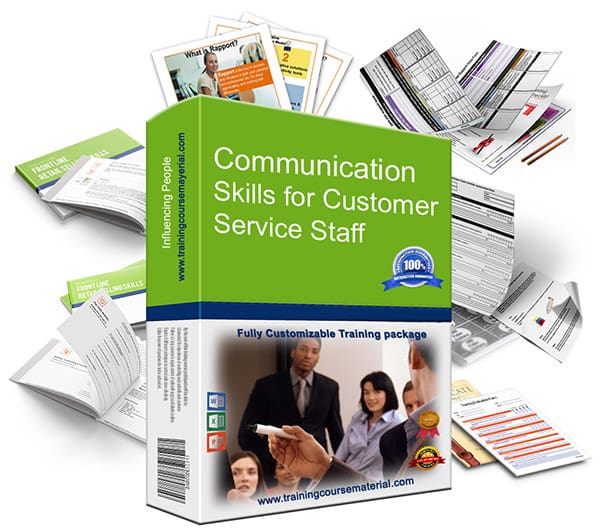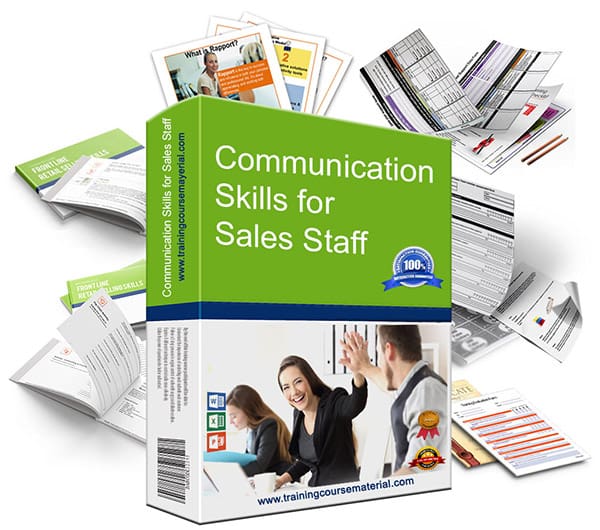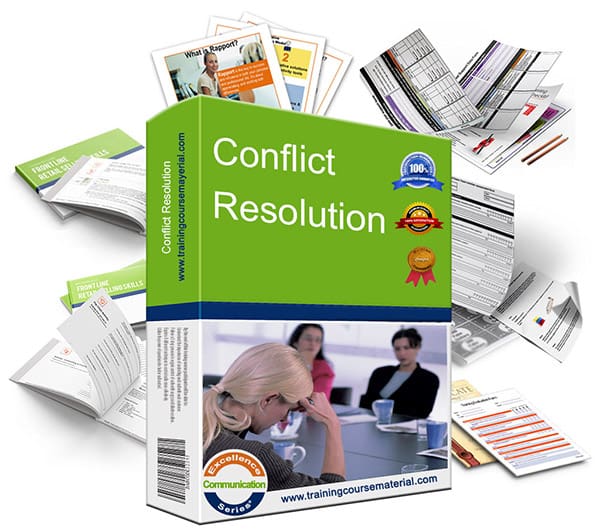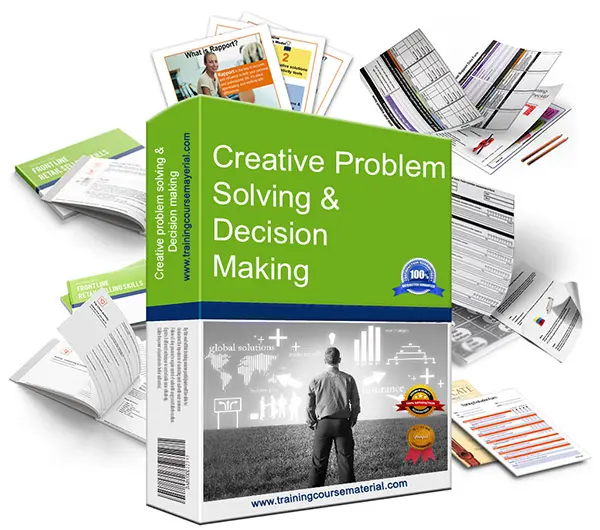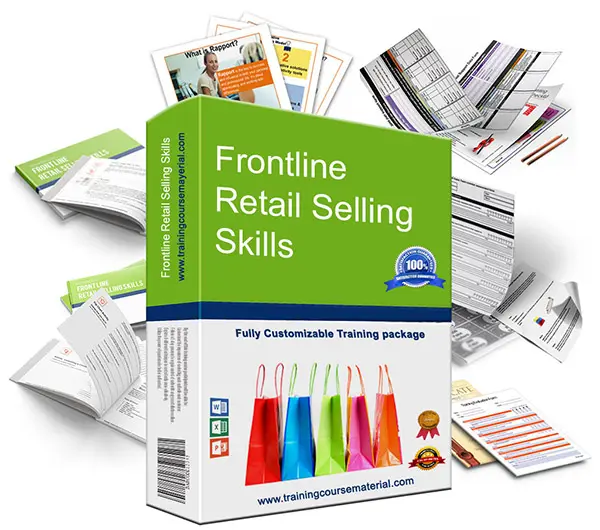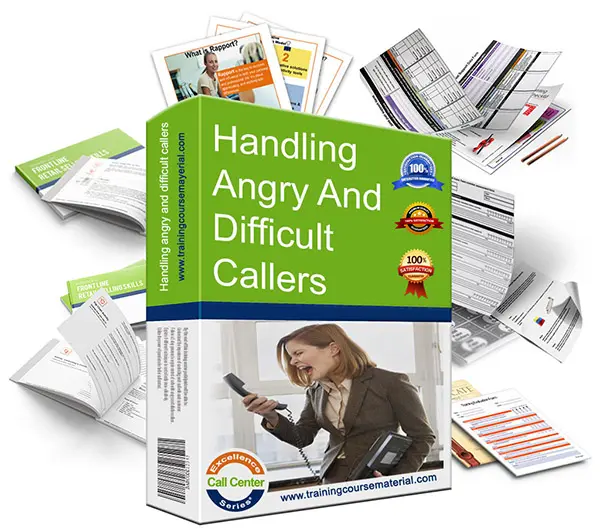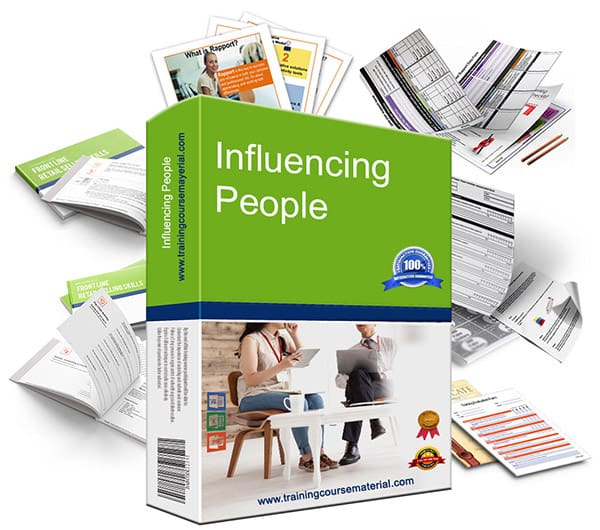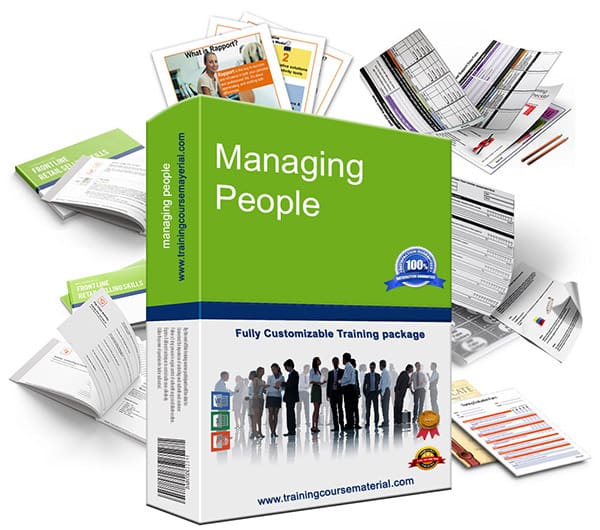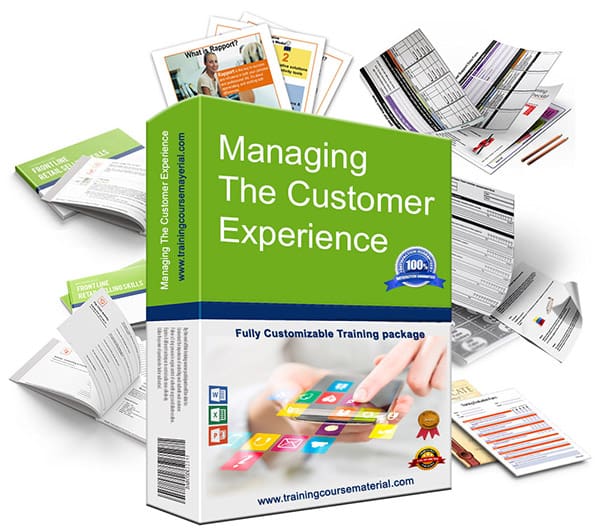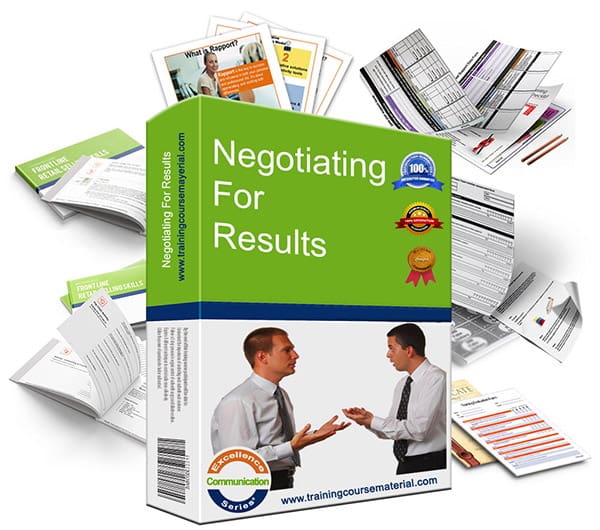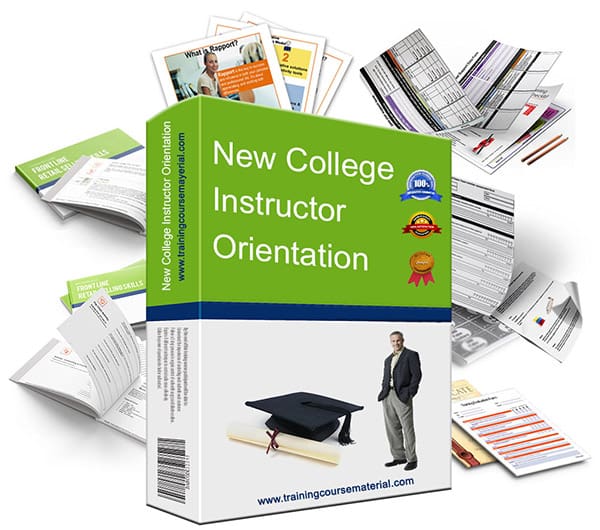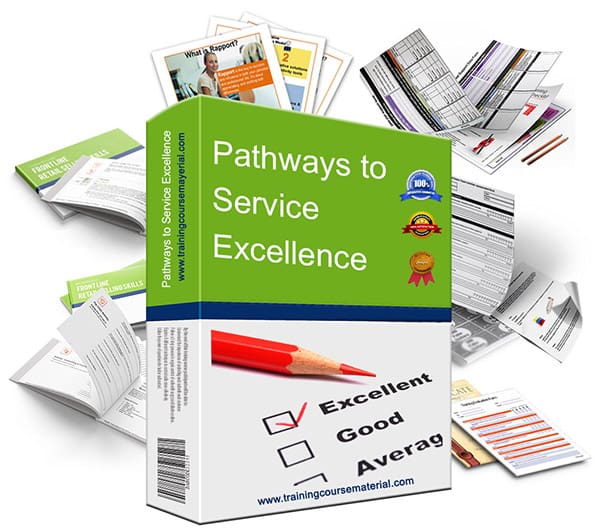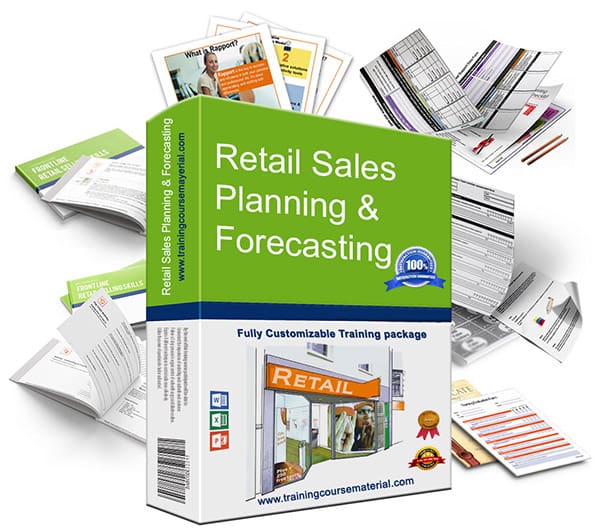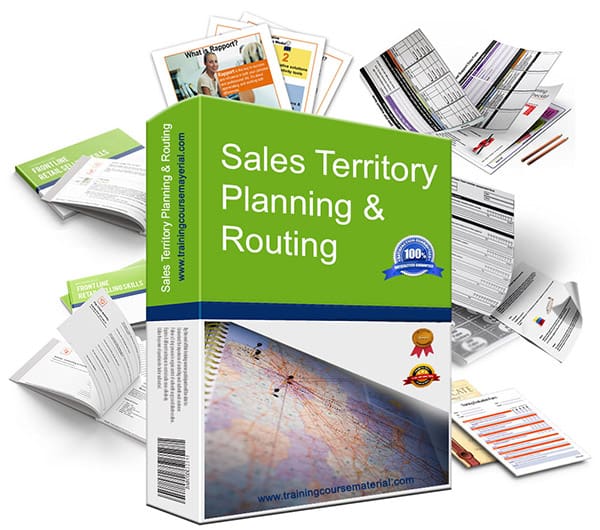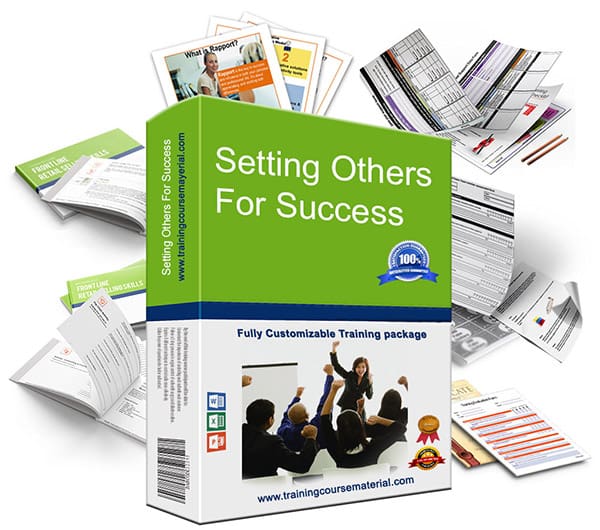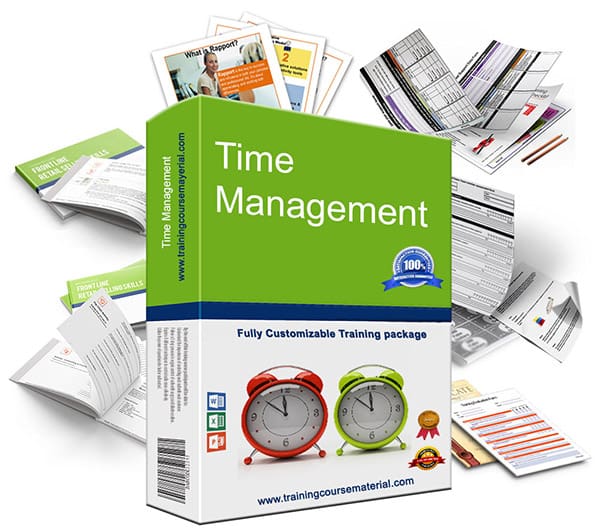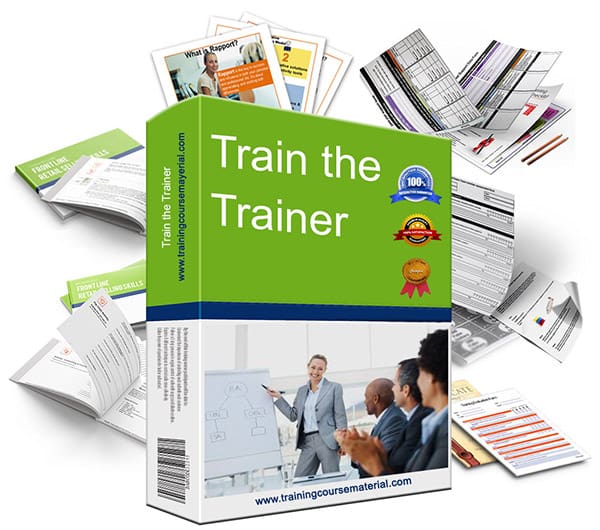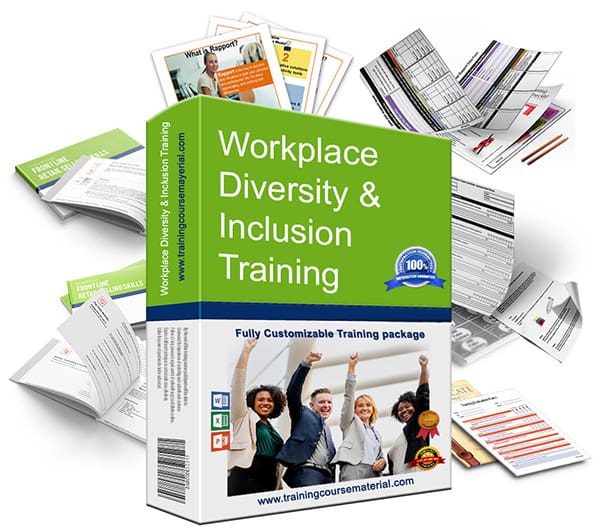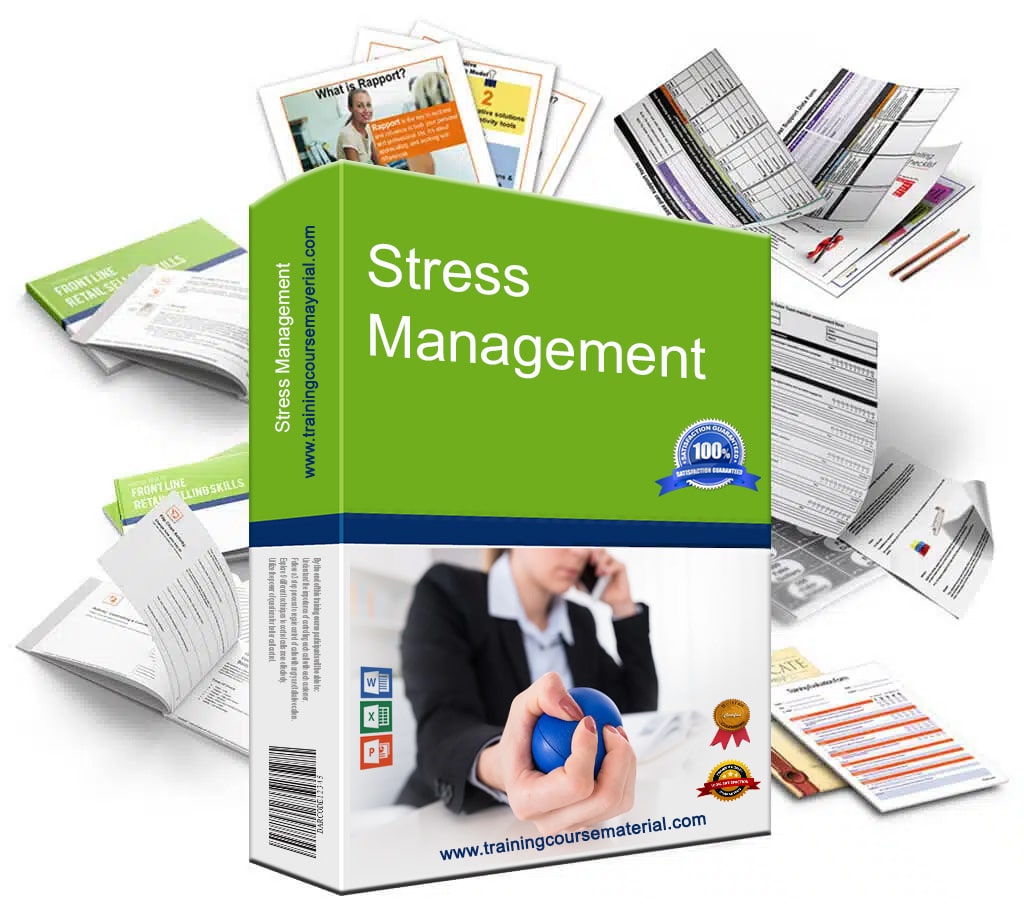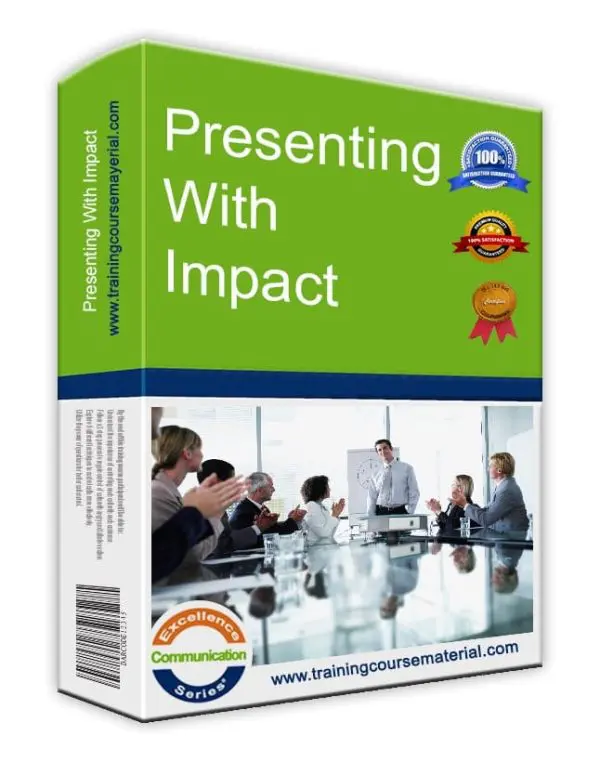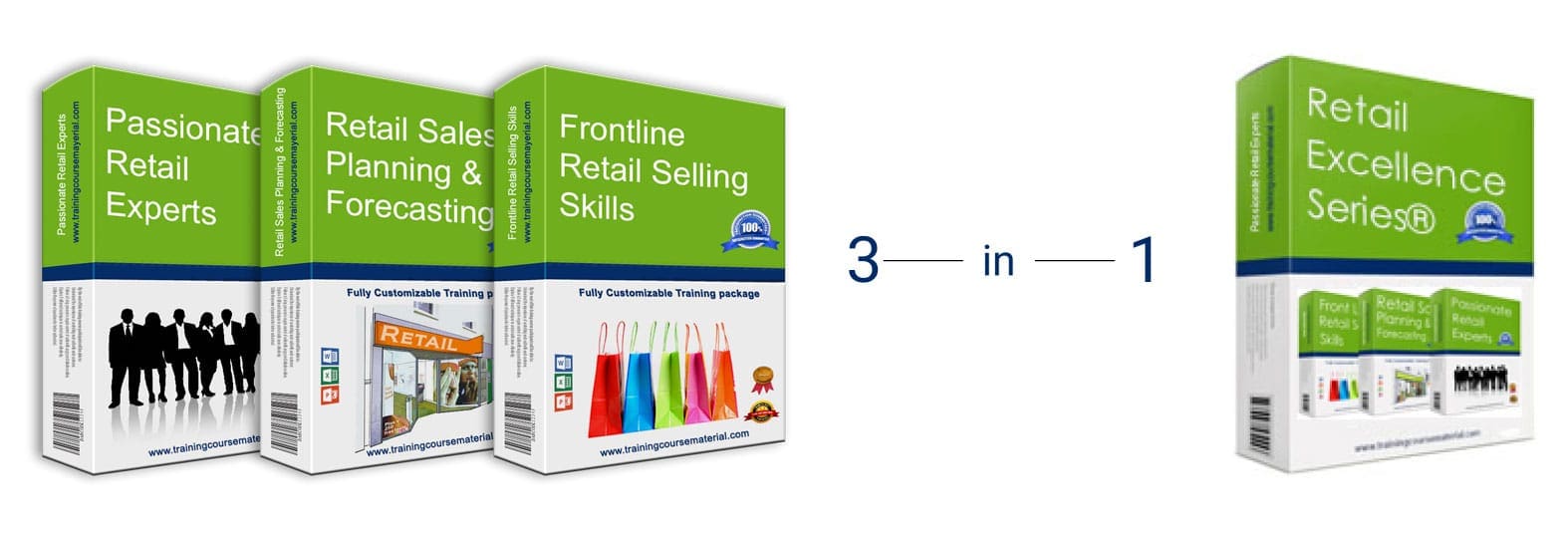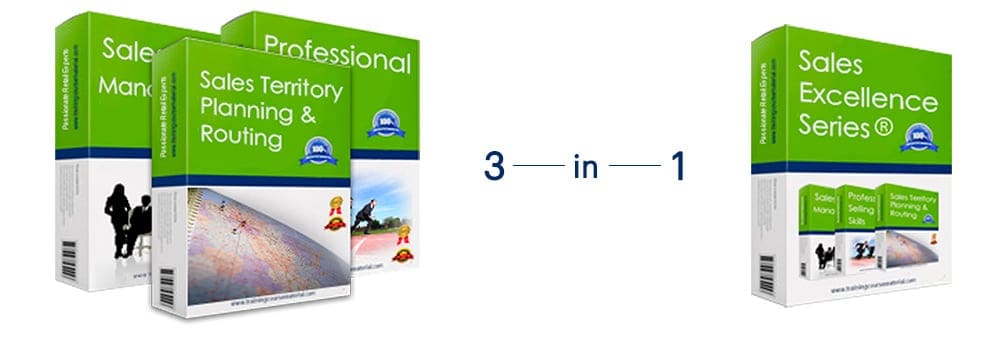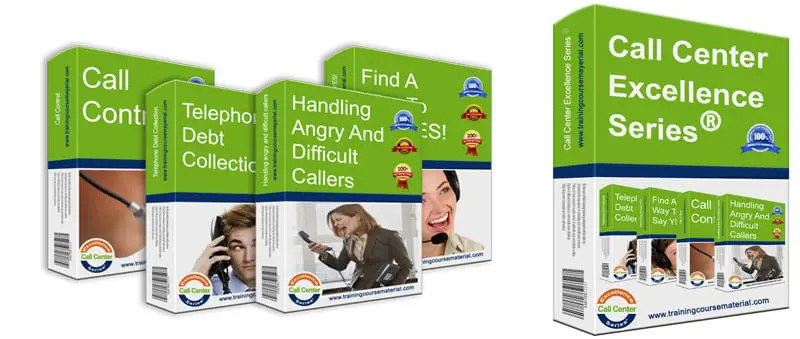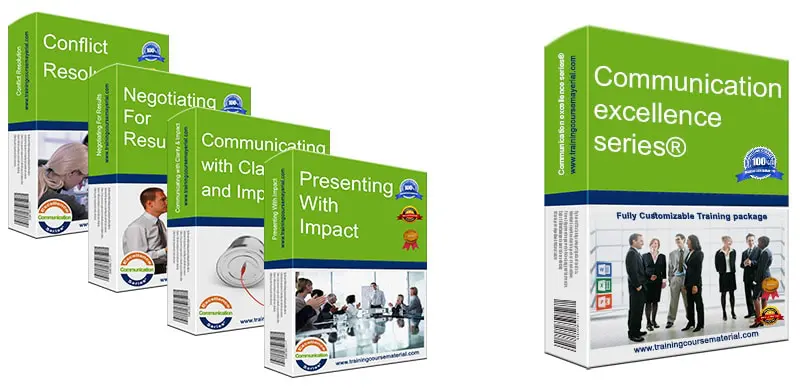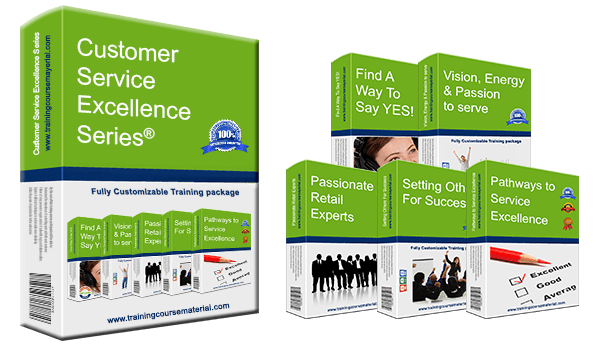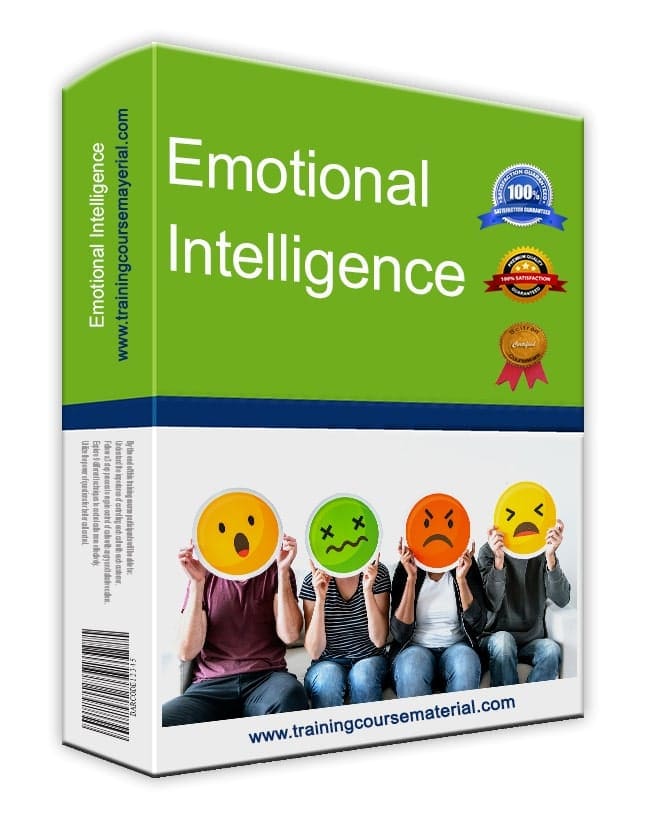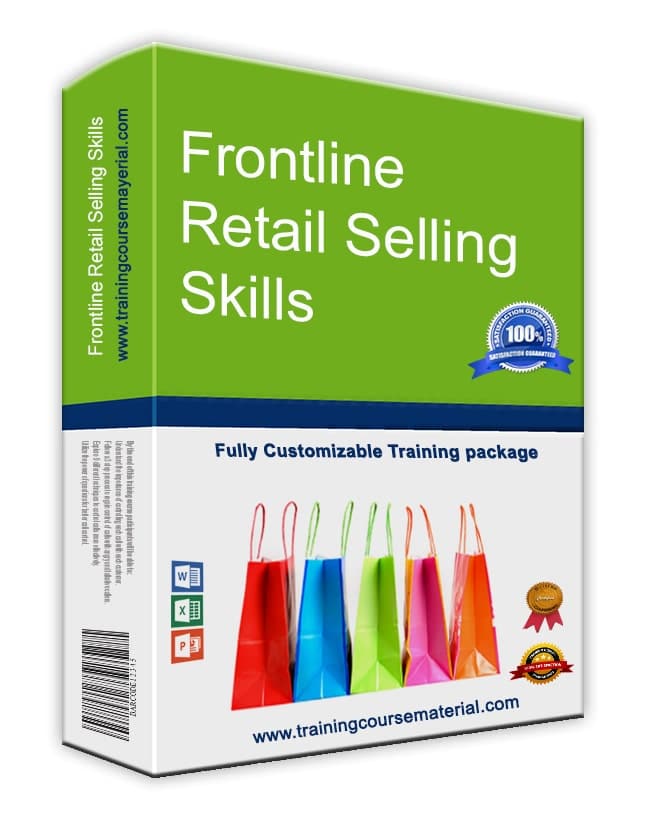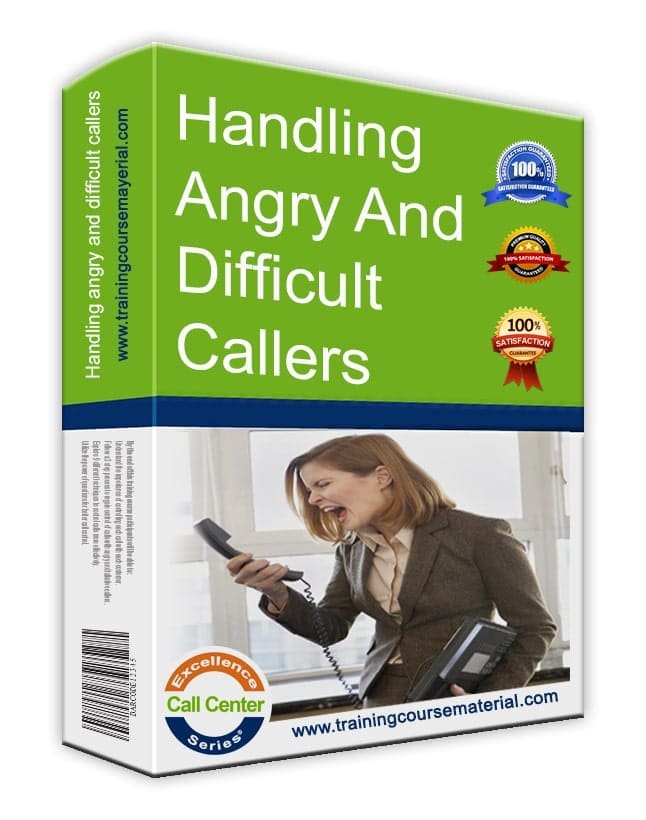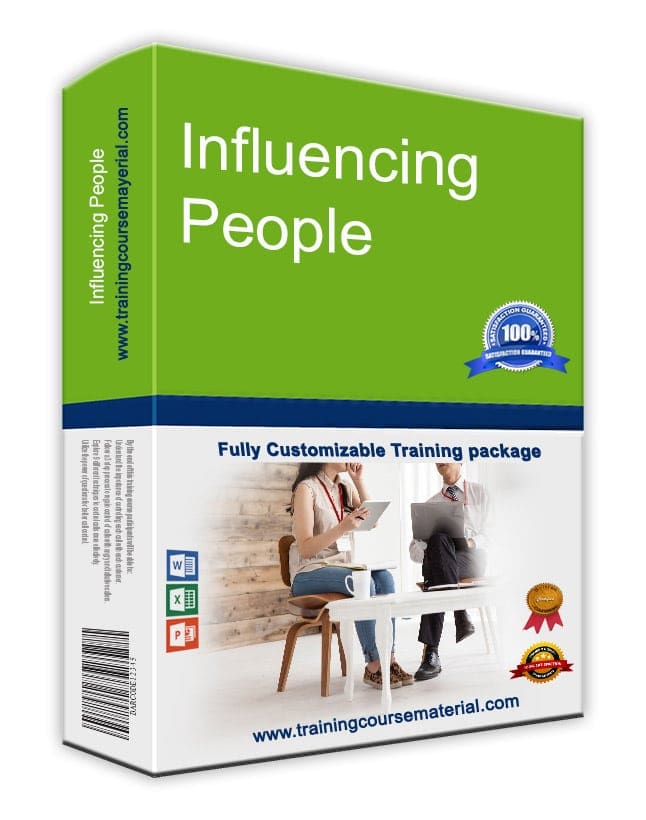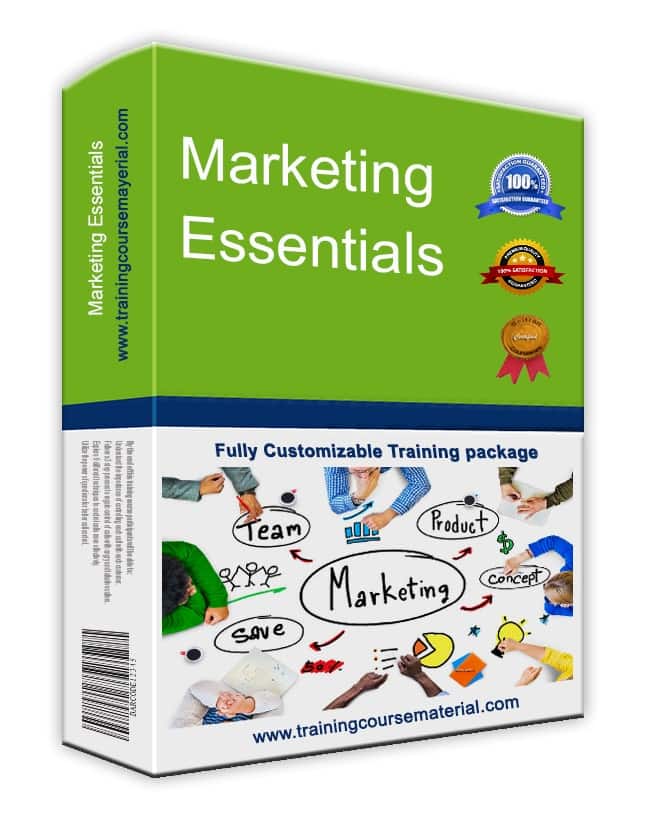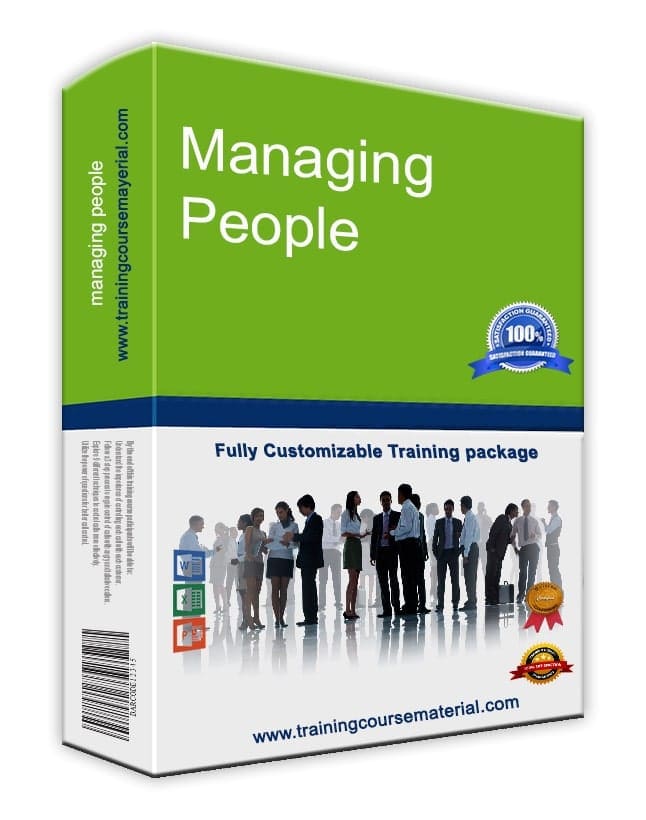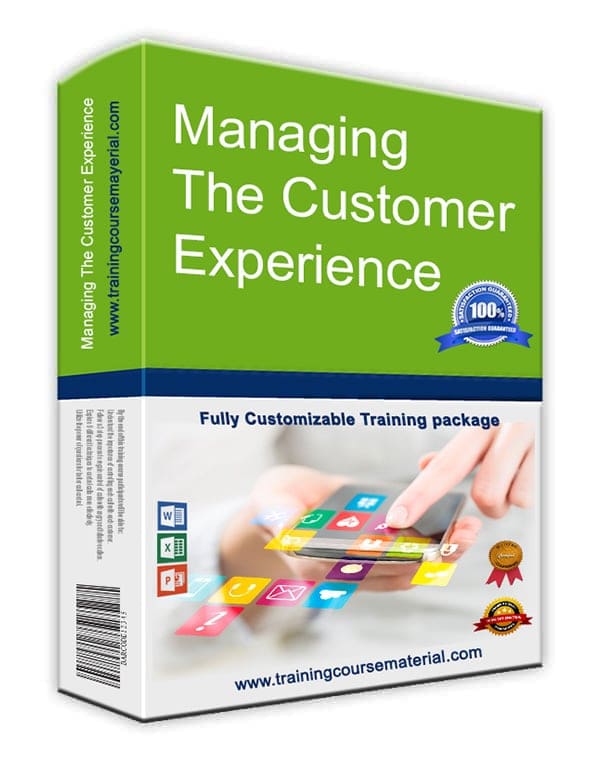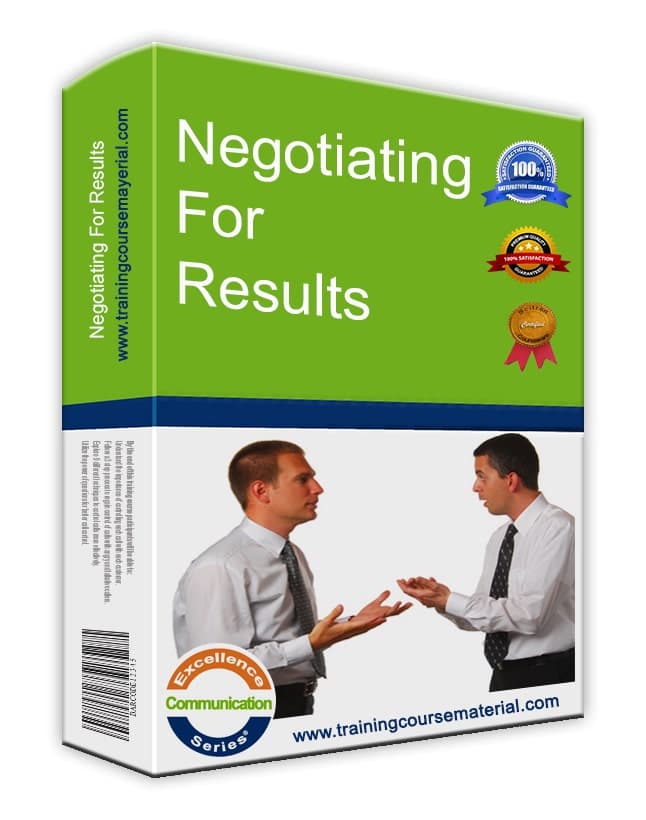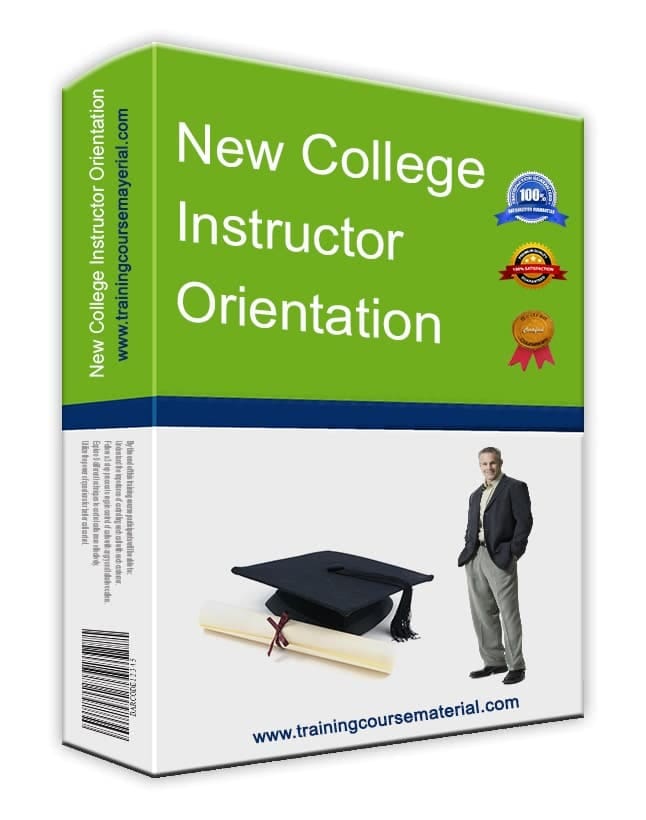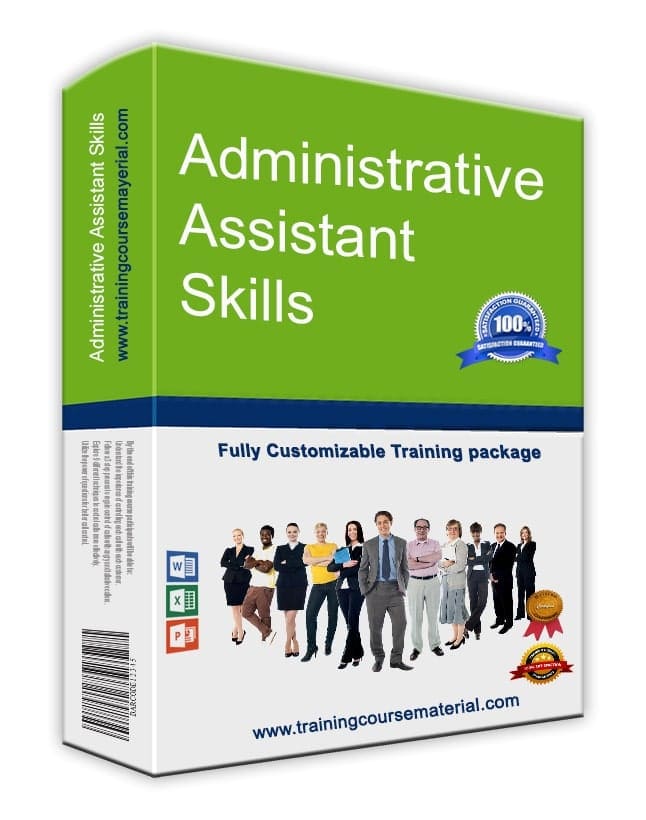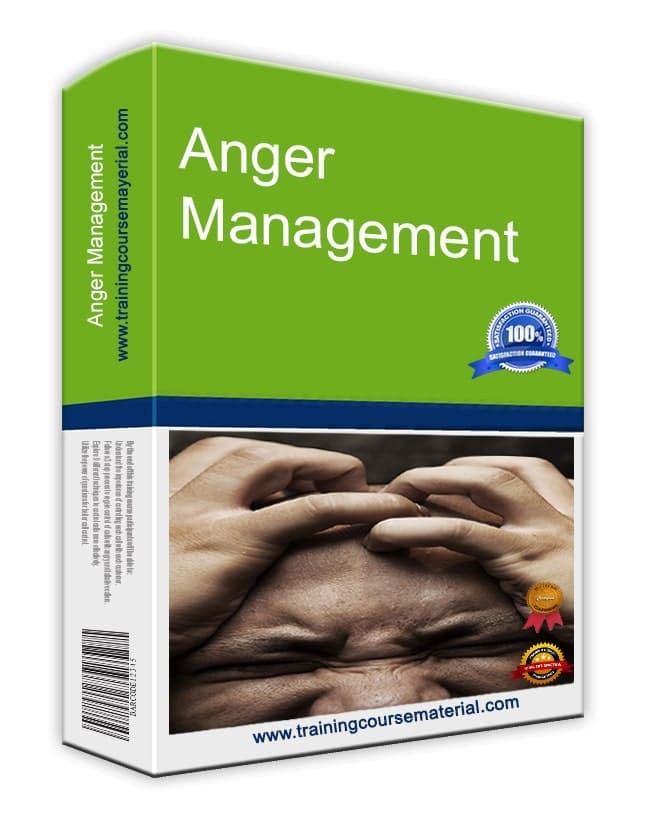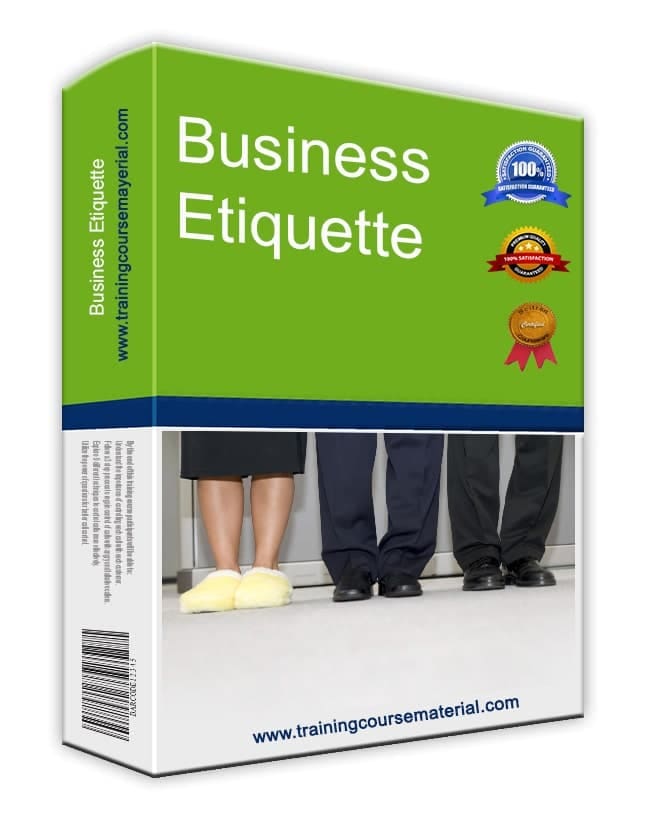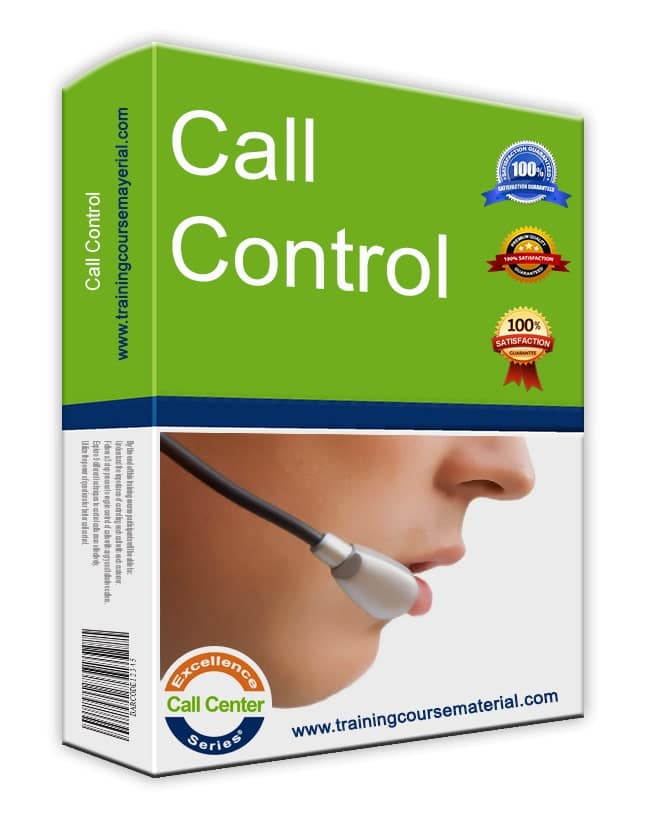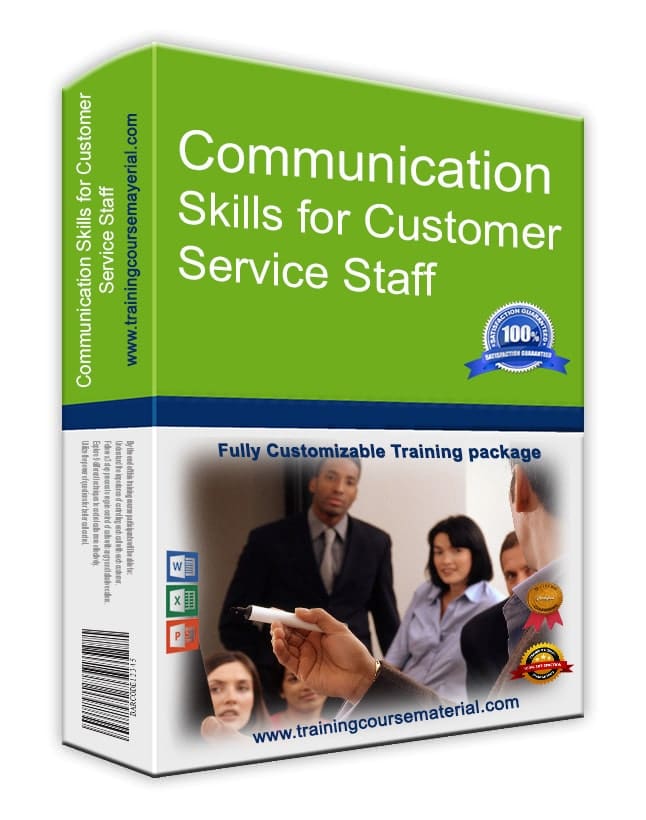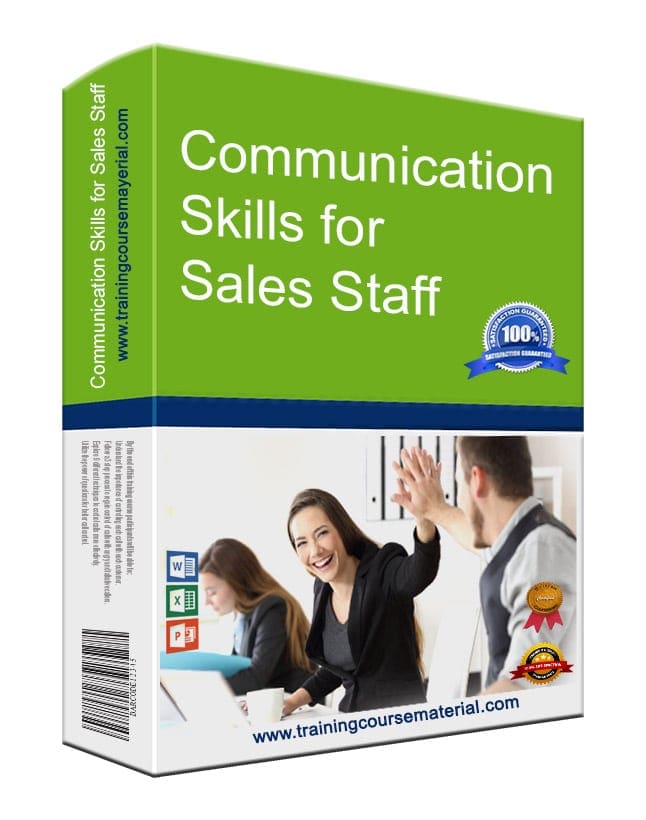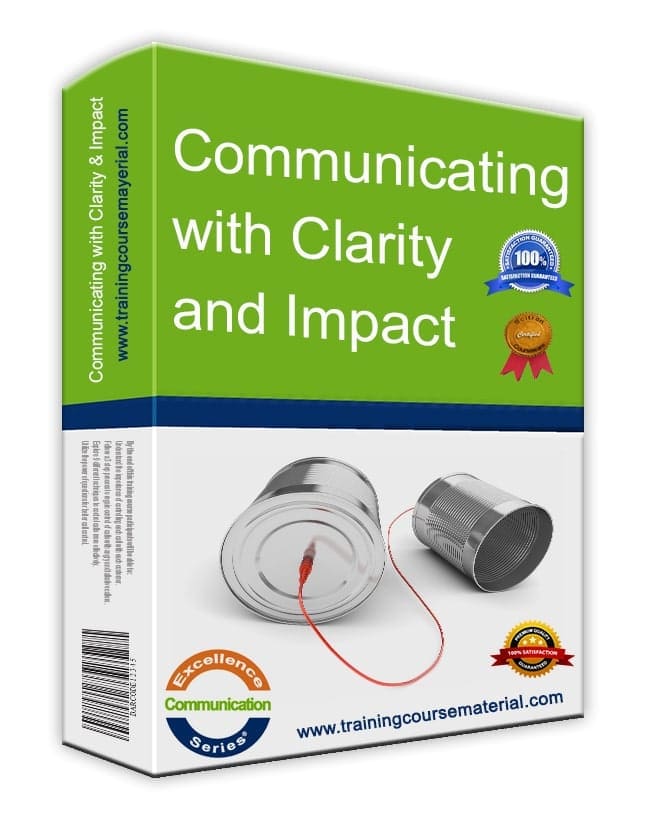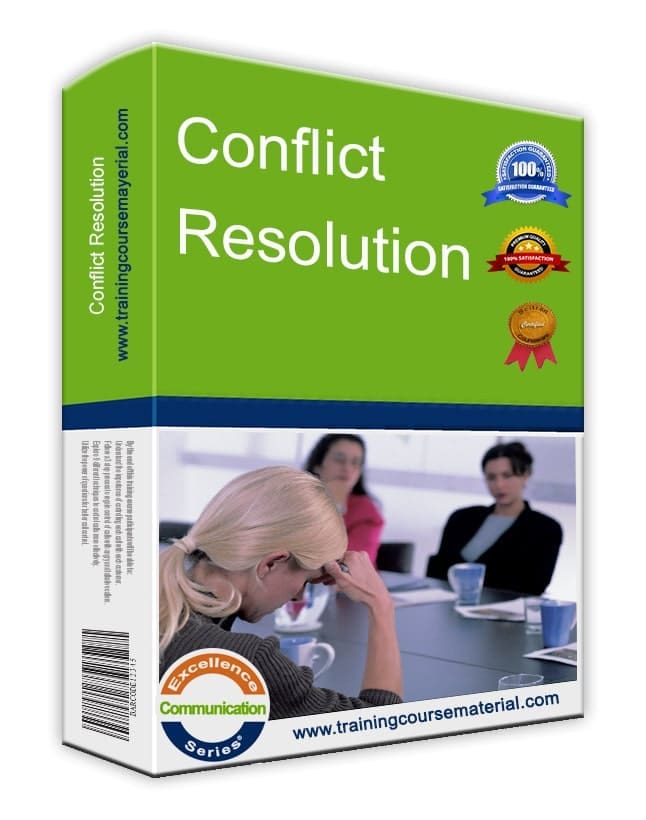By Training Course Material FZE ·
Originally published: 30 July 2021 ·
Last updated: 14 August 2025
You built a solid course and still have empty seats. It happens. The fix isn’t more features—it’s better marketing. Speak to job outcomes, remove doubts, and give people a low‑risk taste before you ask for a full day.
Step 1 — Clarify the offer
- Outcome in one line: “Teach [role] to [do X] so [metric Y] improves in [timeframe].”
- Three objectives that hit that outcome. If you need a scaffold, see Design a Killer Course.
- Who it’s for / not for. Saves you support time later.
Step 2 — Build a page that answers doubts
What to include
- Outcome headline + 3 bullets (what learners will do on the job).
- Short agenda (90‑minute block works well).
- Who it’s for; prerequisites; delivery format.
- Proof: quotes or a quick case study.
- FAQ that lowers anxiety: see first 30 minutes and engaging shy participants.
- Clear CTA (date, time, price, button).
Give a taste first
Offer a free Lunch & Learn or a downloadable PowerPoint review game. Lower the risk, raise interest.
Step 3 — Collect proof you can use
- Ask for 2–3 outcomes after each run. Turn them into short stories—see how to use case studies.
- Record a 30‑second selfie from a delegate (phone quality is fine).
- Pull one chart: before/after KPI, if you can.
Step 4 — Email sequence that sells without spam
- Welcome — what they’ll learn + when; link to the agenda.
- Value — a 2‑minute tip or a mini case; invite replies.
- Objection — “No time / too basic?” Address it head‑on; point to the first 30 minutes structure.
- Social proof — a quote or metric.
- Offer — early‑bird or group discount; clear CTA.
Step 5 — Give them something to do now
People sign up after a small win. Share quick formats they can try today, then invite them to the full program.
- Pick one activity from the Free Games & Activities Library.
- Share a recall boost with our review game guide + free PPT file.
- Publish a short clip of you demoing a skill; ask followers to try it.
Step 6 — Use more than one channel
- Website articles and case stories (link them to course pages).
- LinkedIn posts; short videos; community groups.
- Posters/leaflets onsite for in‑house programs.
- Tasters: host a Lunch & Learn each month.
Step 7 — Track the few metrics that matter
- Landing page visits → sign‑ups (conversion %).
- Email open/click rate; replies.
- Show‑up rate; post‑course referrals.
Use simple forms and quick checks from Free Assessment Tools to collect intent and feedback.
30‑day marketing sprint (repeatable)
| Week | Focus | Deliverables |
|---|---|---|
| 1 | Offer + page | Outcome line; 3 objectives; landing page live with CTA |
| 2 | Taste + proof | Schedule a Lunch & Learn; publish one case story |
| 3 | Email + social | Send 3 emails; post 2 short demos; share a tip from the Activities Library |
| 4 | Offer | Early‑bird or group discount; reminder; answer top 3 questions |

